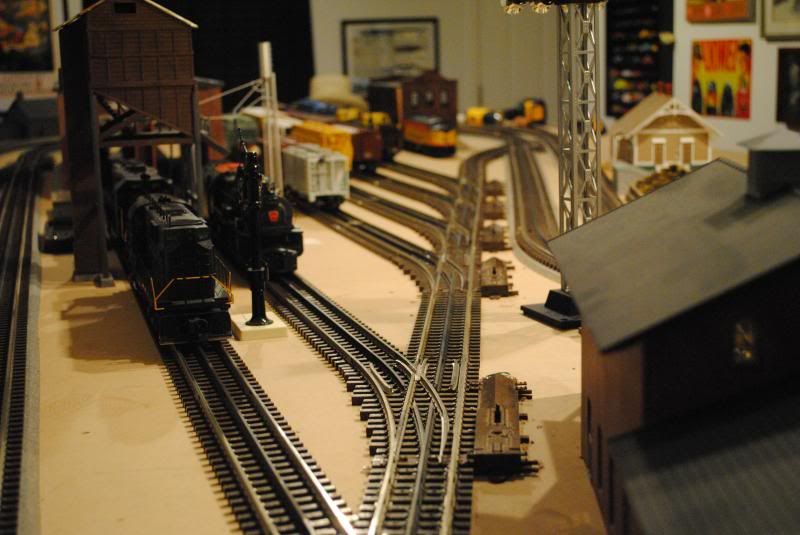Well I've tried searching for roofing granules - no luck. Nearest hobby shop in almost two hours away - rats! I do not care for how WS gray-colored ballast has a monotone look. A few years ago I had a sample of Dennis Brennan's yard ballast and remember liking it, but I cannot find any photos of it in use and expensive for how much I need.
So I am looking for some suggestions from the experts on materials. I'm thinking I want dark ballast in the middle of the rails and fade into dirty gray stone from track to track. I do not want the whole yard in pure black from the steam days - I have a large area and would like the colors to flow with the rest of the scenery colors.
Here's what I am working with:











